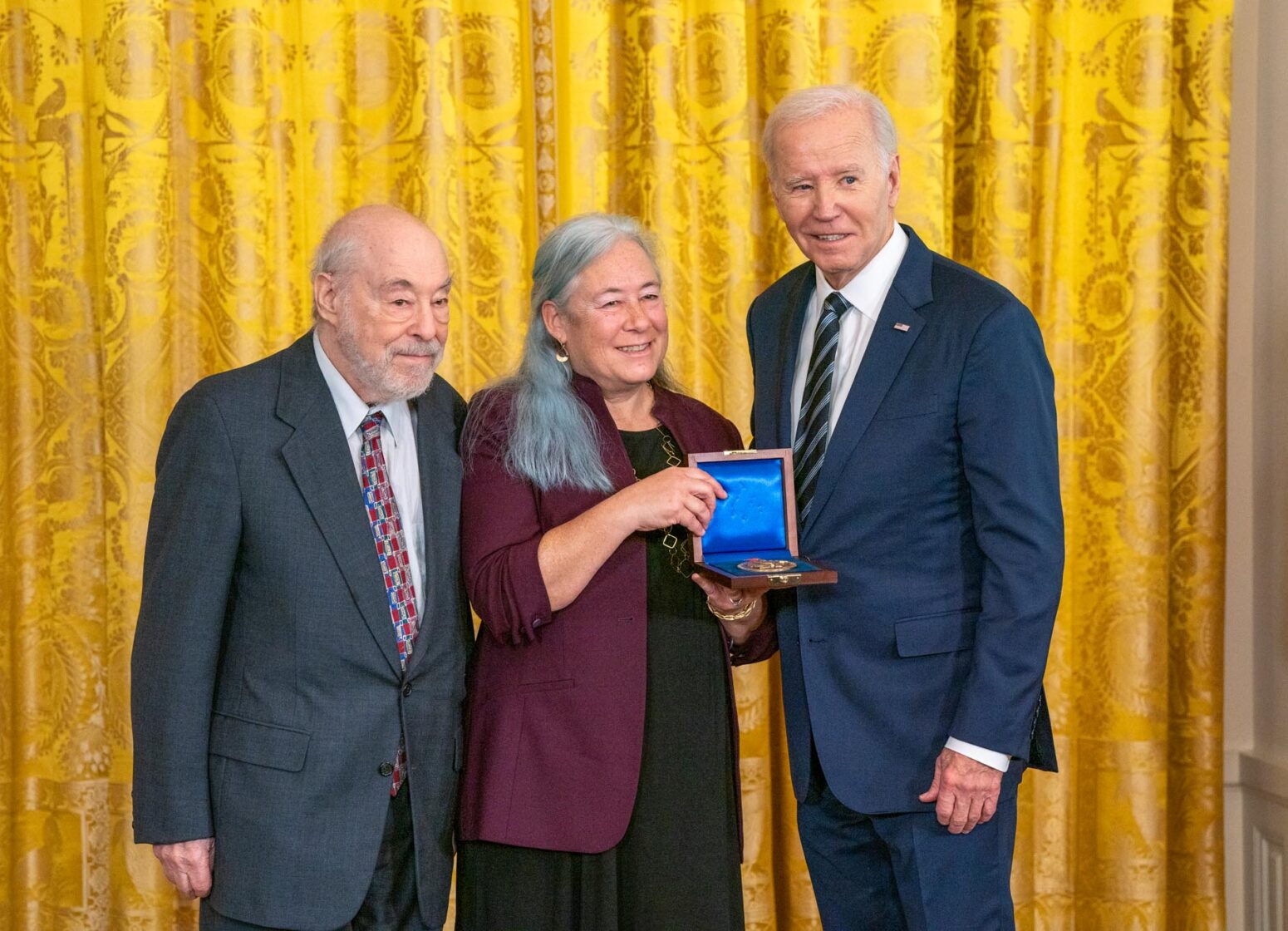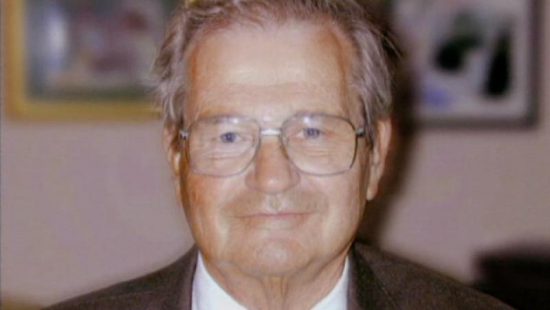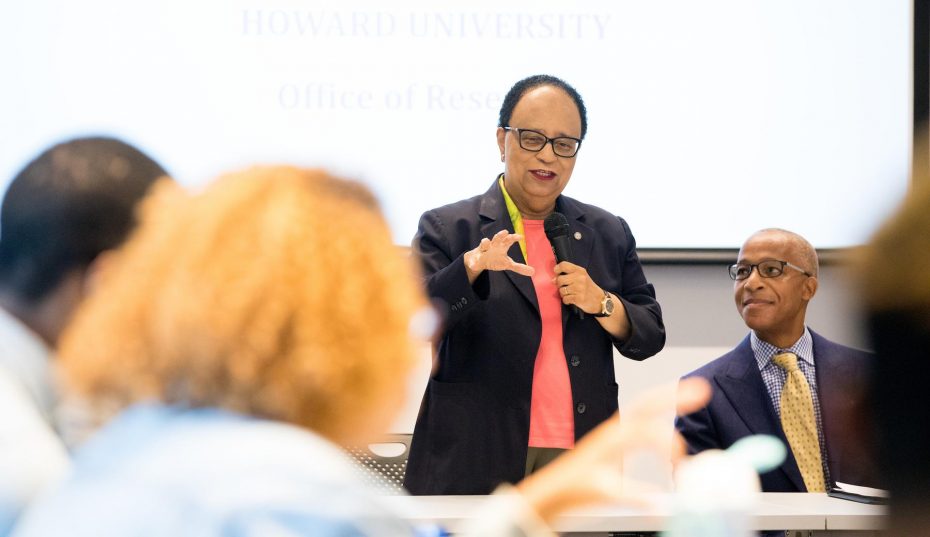Myriam Paula Sarachik (née Morgenstein) was born to an Orthodox Jewish family in Antwerp, Belgium in 1933 and fled Europe with her extended family in 1941. Sarachik, her parents and her younger brother survived a prisoner-of-war camp and a forced residency camp in occupied France before they escaped to Cuba, where they stayed for six years. Her family moved to New York in 1947.
Sarachik attended the Bronx High School of Science and Barnard College, where she earned her A.B. degree. In 1954, she married Philip Sarachik and continued her graduate work at Columbia University, where she earned her M.S. and Ph.D. degrees in 1957 and 1960, respectively.
In her doctoral work, Sarachik made measurements of the energy gap that characterized the Bardeen-Cooper-Schrieffer theory of superconductivity. Despite this achievement, she had difficulty obtaining a research position due to her gender, but eventually managed to get a postdoctoral position at Bell Labs where her work produced definitive experimental evidence of what would become known as the Kondo effect. She nevertheless struggled to find an appropriate research position, finally joining the faculty at the City College of New York in 1964, which was the only institution willing to offer a position on equal footing with her male colleagues.
In the 1990s, Sarachik began studying macroscopic quantum tunneling of magnetization. This work helped initiate an entire new area of research. The Sarachik lab also discovered and characterized magnetic deflagration, another associated and unusual effect in molecular magnets. Together with her work confirming the Kondo effect, Sarachik’s lifetime of first-rate experimental work led to many awards and honors, including election to the National Academy of Sciences in 1994, the New York City Mayor’s Award for Excellence in Mathematical, Physical, and Engineering Sciences in 1995, elevation to the rank of Distinguished Professor in 1996, the L’Oreal-UNESCO Award for Women in Science for North America in 2005, the Oliver E. Buckley Prize in Condensed Matter Physics from the American Physical Society (APS) in 2005 and the APS Medal for Exceptional Achievement in Research in 2020. Sarachik was elected President of the American Physical Society in 2003, only the third woman in its history of over a hundred years.
In addition to her research in physics, Sarachik was active on issues of human rights as well as on concerns and problems of women in science. She served on the National Board of the Committee of Concerned Scientists and was a long-time member of the Human Rights of Scientists Committee of the New York Academy of Science. She was also a member and chair of the APS Committee on the International Freedom of Scientists.
Sarachik was notified of the impending National Medal of Science a mere three weeks before her passing in October 2021. It was a profound honor for her, not less for its ultimately being posthumous.





